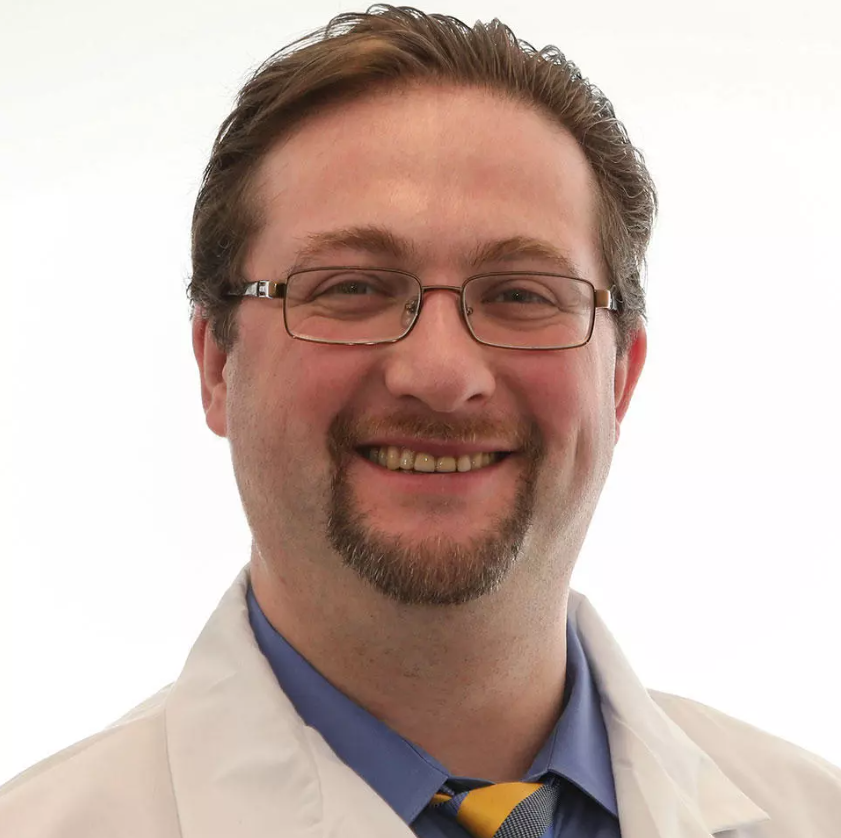Tips to Avoid a Second Stroke
A neurologist explains how stroke survivors can reduce the risk of experiencing a second stroke.
Every year, more than 795,000 people have a stroke, according to the Centers for Disease Control and Prevention (CDC). Of those, the CDC notes, about 25 percent occur in those who have already suffered a stroke. This includes both ischemic strokes, where a blood clot blocks blood flow to the brain, and hemorrhagic strokes, when an artery in the brain breaks open.
“One in four people who have a stroke may have another,” says Dr. Feliks Koyfman, a neurologist and director of stroke services at NewYork-Presbyterian Queens. The risk of a second stroke is elevated whether someone has a transient ischemic attack (TIA), known as a mini-stroke, or a regular stroke.
However, Dr. Koyfman adds, about 80 percent of recurrent strokes may be prevented by healthy lifestyle changes such as controlling blood pressure and cholesterol, taking medication, and getting exercise. “Just by doing a few simple things, you can greatly reduce your chance of a second stroke,” he says.

Dr. Feliks Koyfman
Dr. Koyfman points out that there are over 100 potential causes for a stroke, from risk factors like high blood pressure to less-common causes, such as pregnancy-related blood clotting or an injury to an artery due to an accident. If the cause of the stroke is known, he says doctors can tailor the therapy to address the root cause. For example, if the stroke was caused by plaque buildup in a major artery, the patient could undergo surgery to remove the plaque and prevent future strokes. However, he says, regardless of the cause, living a healthy lifestyle is what’s most important in preventing another stroke.
For Stroke Awareness Month in May, Health Matters spoke to Dr. Koyfman to learn more about what steps people who have had a stroke can take to help avoid suffering a future one.
Take a mini stroke as seriously as a major stroke
If you have a TIA, where the stroke symptoms resolve within 24 hours, your risk of having a full-blown stroke remains highest for the next 30 days, particularly in that first week. A lot of people might ignore a mini stroke because there was no perceived lasting damage, thus not addressing the risks that led to the mini stroke. This means a patient could go on to have a debilitating stroke in the near future. Even if stroke symptoms are mild and they resolve naturally, the patient should seek immediate medical attention and take the necessary steps to avoid a second one.
Take your medications
High blood pressure, also known as hypertension, is one of the leading causes of stroke. If you are prescribed medications to control your blood pressure and take them as instructed, you could halve the risk of having a second stroke, according to Dr. Koyfman. Medication adherence in general – whether it’s to control blood clotting, cholesterol, or diabetes – will further bring down your risk.
Stick to your plan
If a younger person has a stroke, they will be at greater cumulative risk for another stroke over the course of their lifetime than someone who has a stroke when they are older. Exercising, medication adherence, changing your diet, and quitting smoking will all help keep the risk lower. These lifestyle changes need to be addressed for the long term and built into your daily routine as lifelong habits.
Don’t be a couch potato
Exercise is key to getting traditional stroke risk factors under control. Experts recommend 10 to 20 minutes of physical activity, four times a week, to help reduce the risk of a second stroke, or even a first one. This could be walking, running outside or on a treadmill, biking, or using an elliptical machine. Any kind of intense aerobic activity will go a long way toward preventing future strokes.
Take advantage of a support network
Families, friends or caretakers can play a big role in helping to prevent another stroke. They can provide support for lifestyle changes, such as helping a person quit smoking, which is a huge stroke risk factor. They can also provide support for medication adherence and bringing patients to medical appointments, particularly for elderly patients who might have trouble remembering to take medications. With home blood pressure monitors, a family member or caretaker can also keep track of a person’s blood pressure and call their doctor if there are problems. In addition, someone should be home with you in the weeks after a mini-stroke to be watchful should signs of a new stroke occur. If so, get to an emergency room immediately.
Feliks Koyfman, M.D., is the director of stroke services at NewYork-Presbyterian Queens and an assistant professor of clinical neurology at Weill Cornell Medicine. Dr. Koyfman is a member of the American Academy of Neurology, American Heart Association, and the Stroke Council, and has clinical expertise in treating acute ischemic strokes, intracranial hemorrhages and subarachnoid hemorrhages, as well as stroke prevention.
Additional Resources
-
To learn more about the stroke services at NewYork-Presbyterian, please visit: www.nyp.org/neuro/stroke

